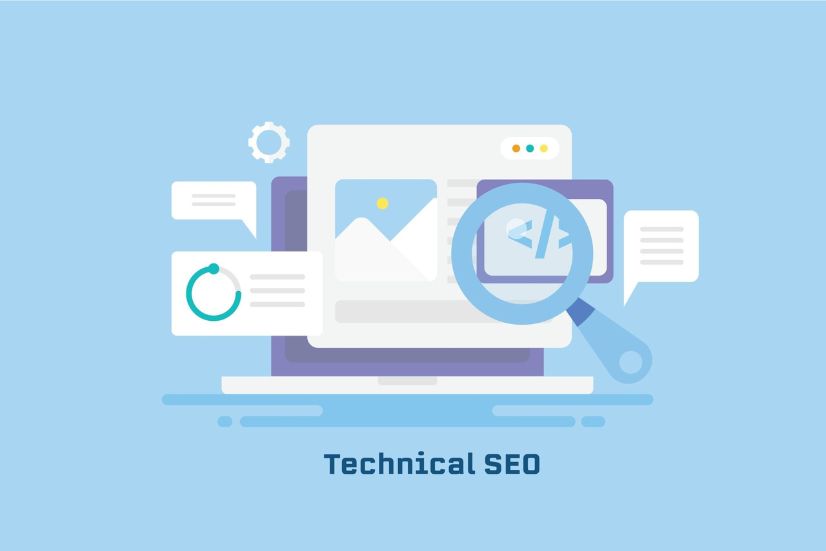Search Engine Optimization (SEO) plays a pivotal role in ensuring that your ecommerce platform is visible to potential customers when they search for products online. However, SEO for ecommerce goes beyond just content and keywords—it involves technical aspects that directly impact your website’s performance and ranking on search engines. In this comprehensive guide, we’ll delve into the realm of Technical SEO for Ecommerce, exploring key strategies and best practices to optimize your online store effectively.
Understanding Technical SEO
Before diving into specific strategies, it’s essential to grasp the concept of Technical SEO. This aspect of optimization focuses on the backend of your website, dealing with factors that affect search engine crawling, indexing, and overall website performance. For ecommerce sites like AAMAX, technical SEO ensures that your products are discoverable and accessible to search engines, ultimately improving your site’s visibility and user experience.
Website Structure and Navigation
The structure and navigation of your ecommerce website play a crucial role in technical SEO. A clear and logical site structure helps search engines understand the hierarchy of your pages and content. For AAMAX, organizing products into categories and subcategories with descriptive URLs (e.g., aamax.com/electronics/smartphones) can enhance crawlability and indexation. Implementing breadcrumb navigation aids both users and search engines in navigating through your site efficiently.
Mobile Optimization
Mobile-friendliness is no longer optional—it’s a prerequisite for SEO success, especially in ecommerce. Given that a significant portion of online shopping occurs on mobile devices, AAMAX must prioritize responsive design and mobile optimization. Ensure fast loading times, mobile-friendly layouts, and intuitive navigation on all devices. Google’s mobile-first indexing means your site’s mobile version is the primary source for understanding and ranking your web pages.
Page Speed Optimization
Page speed directly impacts user experience and SEO performance. Slow-loading pages lead to higher bounce rates and lower search engine rankings. Conduct regular audits using tools like Google PageSpeed Insights to identify and rectify performance issues. Optimize images, leverage browser caching, and utilize content delivery networks (CDNs) to enhance loading speed. AAMAX’s commitment to fast, efficient browsing will boost customer satisfaction and search engine visibility.
Technical Markup and Schema.org
Implementing structured data markup using Schema.org vocabulary can significantly enhance how search engines interpret and display your ecommerce content. For AAMAX, incorporating product schema markup enables rich snippets in search results, displaying product information such as reviews, prices, and availability directly on SERPs. This not only attracts more clicks but also improves your site’s overall visibility and credibility.
URL Optimization and Canonicalization
Optimizing URLs for both users and search engines is paramount in ecommerce SEO. Ensure that URLs are descriptive, concise, and include relevant keywords (e.g., aamax.com/clothing/womens-dresses). Implement canonical tags to consolidate duplicate content variations (such as sorting or filtering options) into a single preferred URL, preventing potential issues with indexing and ranking. AAMAX’s meticulous approach to URL structure reinforces site hierarchy and keyword relevance.



